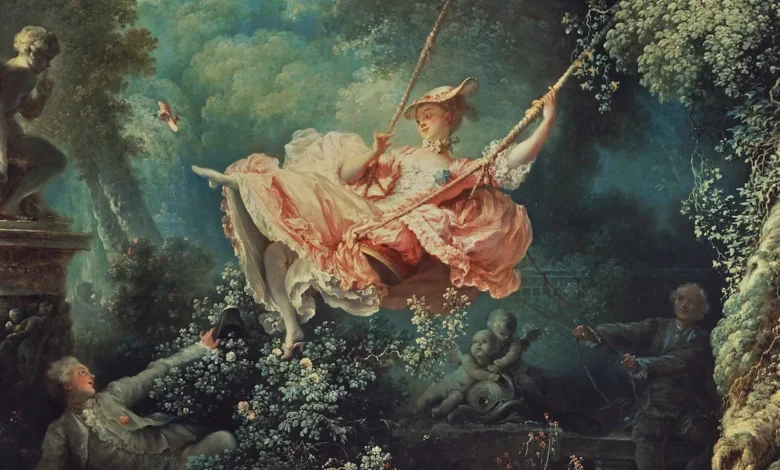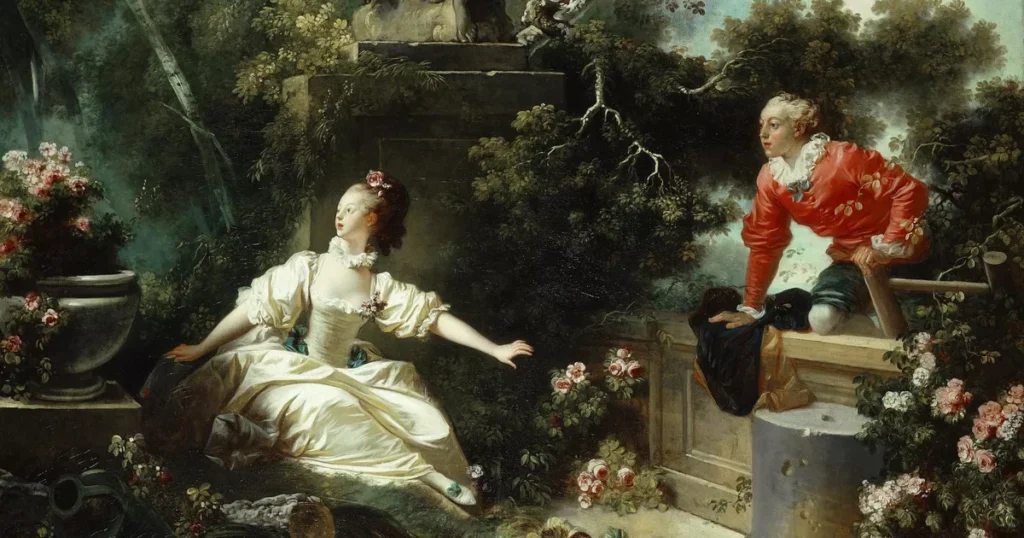Art:9zovjab_P4a= Rococo Style

The Art:9zovjab_P4a= Rococo Style, which flourished in the early 18th century, signifies a departure from the dramatic intensity of Baroque art, introducing a more delicate and playful aesthetic. This period is marked by intricate designs, light pastel palettes, and an emphasis on intimacy and grace, as exemplified by artists such as Antoine Watteau and François Boucher. Their works not only captured the essence of this artistic movement but also laid the groundwork for future design trends. However, the question remains: what factors contributed to the rise and eventual decline of this captivating style?
Origins of Rococo Style
Emerging in the early 18th century, the Art:9zovjab_P4a= Rococo Style signifies a distinct departure from the grandeur and formality of the Baroque period, reflecting a cultural shift towards intimacy and personal expression.
This transition, primarily fostered by the French aristocracy, embraced lighter aesthetics and playful themes, contrasting the previous era’s opulence.
Rococo’s evolution encapsulates a profound transformation in artistic sensibilities, emphasizing individual freedom and emotional resonance.
Read more: Art:7ioz54mizp8= the Crow
Key Characteristics
Rococo style stands out for its intricate details and whimsical motifs, showcasing an aesthetic that diverges sharply from the preceding Baroque tradition.
Characterized by ornate decoration and playful themes, it emphasizes lightness, elegance, and asymmetry.
The use of pastel colors and fluid forms enhances the sense of movement, creating an inviting atmosphere that evokes a sense of freedom and joyous expression in artistic expression.
Notable Artists and Works
Throughout the Rococo period, a number of artists emerged who profoundly influenced the development and dissemination of this ornate style.
Notable Rococo artists, such as Antoine Watteau and François Boucher, produced works characterized by playful themes and elaborate decoration.
Their creations, including “Pilgrimage to Cythera” and “Madame de Pompadour,” exemplify the aesthetic principles of Rococo, celebrating sensuality and the frivolity of aristocratic life.

Rococo’s Influence Today
How does the Rococo style continue to resonate in contemporary art and design?
Its ornate aesthetics influence modern decor, characterized by playful elegance and intricate details.
Fashion trends often echo Rococo’s whimsical patterns and vibrant colors, as seen in recent art exhibitions that celebrate its cultural impact.
This revival underscores a longing for beauty and freedom, bridging historical opulence with present-day creativity.
Read more: Art:7jdq13ito54= Stained Glass Windows
Conclusion
The Art:9zovjab_P4a= Rococo Style, with its intricate details and playful motifs, reflects a profound cultural shift towards intimacy and joy in art. This aesthetic coincides with the societal embrace of leisure and personal expression in the 18th century, revealing an underlying desire for escape from the rigidities of the past. As contemporary design continues to draw upon Rococo’s vibrant expressions, the enduring legacy of this movement illustrates the timeless human pursuit of beauty and freedom within artistic endeavors.





